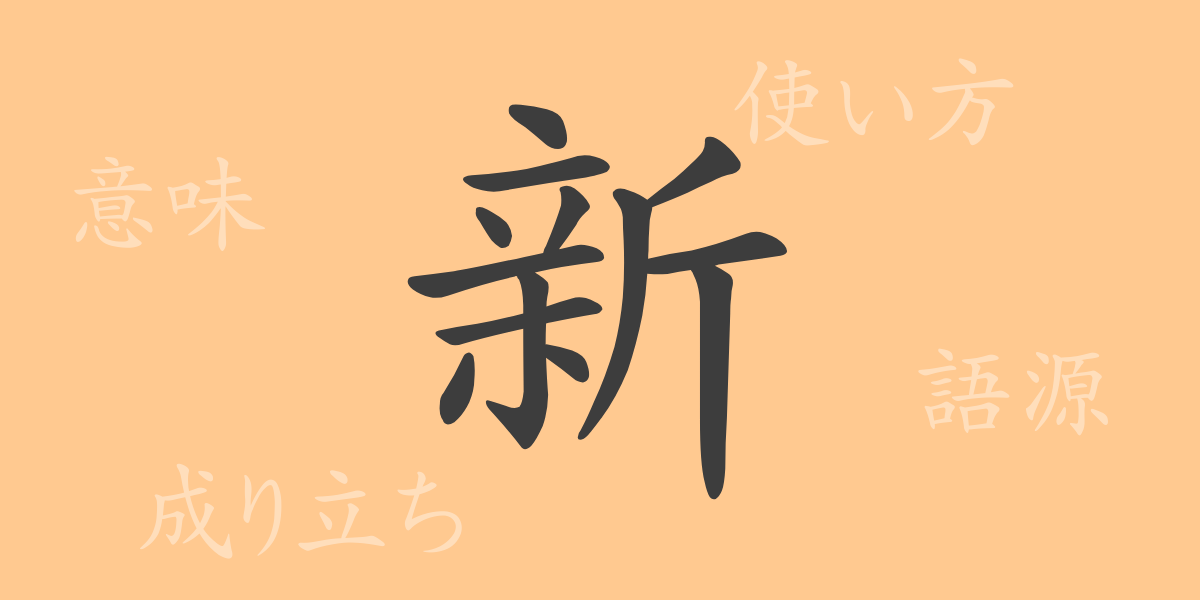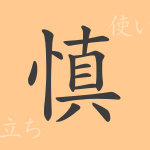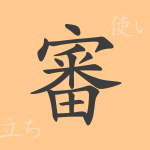The Japanese language is renowned for its complexity and depth, with each Kanji character bearing its own unique history and meaning. ‘新’ (しん), a commonly used Kanji in Japanese, has long symbolized change and beginnings. This article delves into the allure of ‘新’, exploring its origins, contemporary usage, and its profound implications in Japanese culture.
Origins of 新 (しん)
The Kanji ‘新’ was created in ancient China, combining the element ‘斤’ (きん), which represents the shape of an axe, with ‘亲’ (しん), depicting new shoots emerging from the ground. This represents the act of clearing the old with an axe to make way for the new, visually symbolizing the transition from old to new.
Meaning and Usage of 新
‘新’ signifies ‘new’ or ‘fresh’, indicating renewal or beginnings. It is used in various contexts, such as in terms for new products, new life, and new eras, embodying the idea of ‘beginning’ or ‘renewal’ as an adjective or noun.
Readings, Stroke Count, and Radical of 新
The Kanji ‘新’ has several readings in Japanese:
- Readings: On’yomi is ‘シン’, Kun’yomi include ‘あたらしい’, ‘あら-‘, ‘にい-‘
- Stroke Count: 13 strokes
- Radical: 斤部 (おのぶ)
Phrases, Idioms, and Proverbs Using 新
There are numerous phrases, idioms, and proverbs that include ‘新’, each showcasing the richness of Japanese expression. For example, ‘新春’ (しんしゅん) symbolizes the spring of a new year, representing new beginnings and hope. ‘新婚’ (しんこん) refers to newlyweds, while ‘新鮮’ (しんせん) describes something that is fresh and new. The proverb ‘新しきは三日にして飽きる’ humorously criticizes the human tendency to quickly lose interest in new things.
Conclusion on 新
The Kanji ‘新’ symbolizes the continual creation of new values in our evolving society and nature. Understanding the history, meanings, and everyday uses of ‘新’ not only deepens our grasp of the Japanese language but also helps us reappreciate the value of ‘newness’ around us. As we move forward into new eras, just as ‘新’ suggests, we too can step confidently into new beginnings.

























